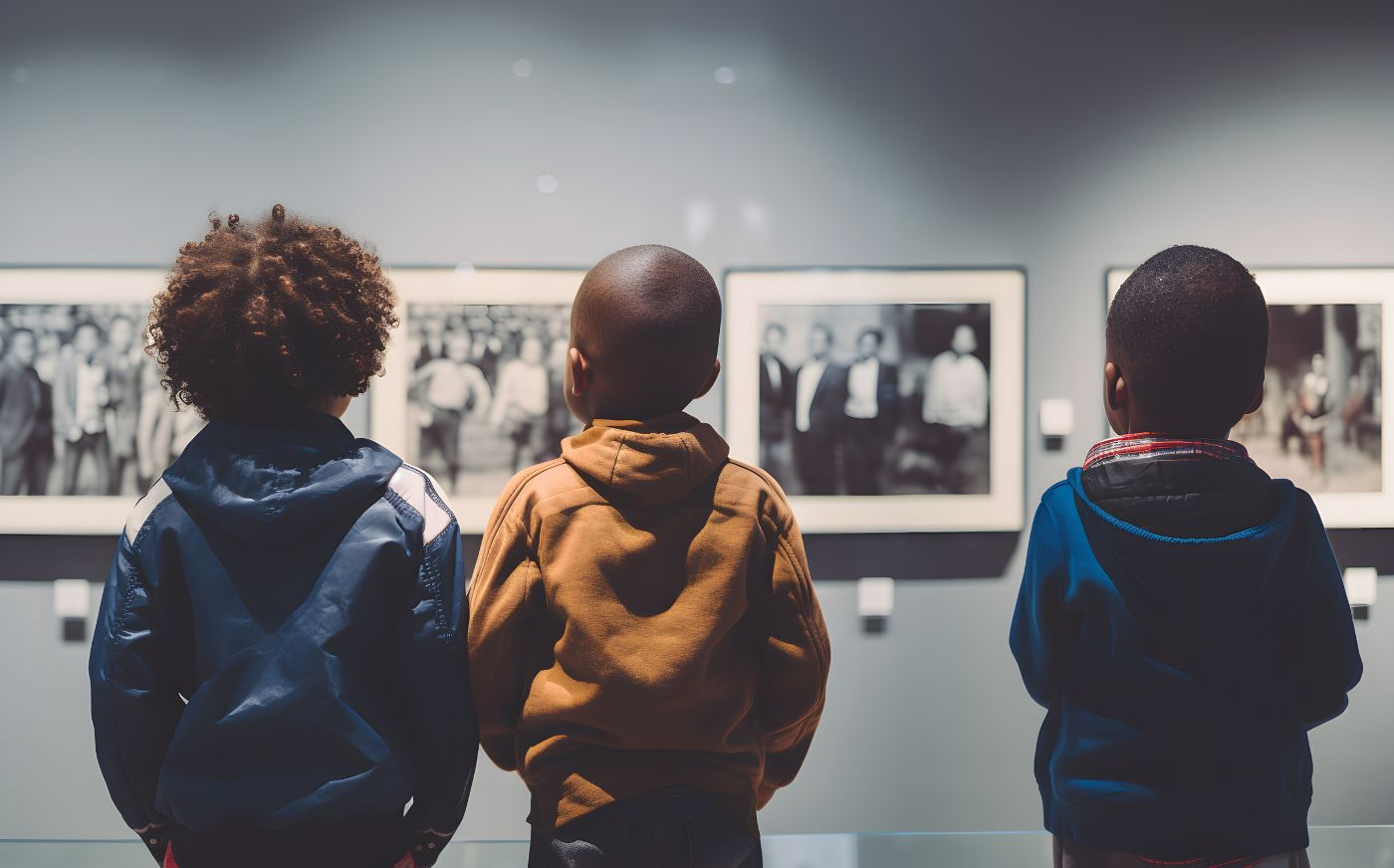Starting nursery after a break: Make a smooth transition
Returning to a nursery after a holiday can feel like starting all over again. Not […]
Read more

Understanding Black history is important for all children, not just for their education, but as a tool for learning key social skills such as empathy and inclusivity. For Black children, it fosters a sense of self-awareness and identity, and encourages mutual respect and understanding among all children. Young children in particular are able to form stereotypes at a young age and through teaching Black history, they will grow up free from racial bias and stereotyping.
Black history emphasises the importance of family and community and Black History Month, observed in October, is an excellent time to introduce these concepts to young children. Below are some ways that families can teach Black history at home.
One of the simplest and most effective ways to teach Black history is by reading books that feature Black characters, historical figures, and culture. There are lots of children’s books that showcase the contributions of Black people and here are some great recommendations:
Bippity Bop Barbershop: Natasha Tarpley
Global Babies: Global Fund for Children
Little People, big Dreams: Maya Angelou: Lisbeth Kaiser
Little People, big Dreams: Rosa Parks: Lisbeth Kaiser
Little Leaders: Bold women in Black History: Vashti Harrison
Sulwe: Lupita N’yong’o
Whose knees are these?: Jabari Asim
Whose toes are these? Jabari Asim
Mega Magic Hair Swap: Rochelle Humes
Reading books by Black authors, not just during Black History Month but year-round, normalises Black stories and helps children appreciate diverse perspectives.
Families can explore the richness of Black culture at home by listening to music genres like jazz and soul by Black artists such as Nina Simone, Aretha Franklin, Stevie Wonder, Marvin Gaye, Louis Armstrong, Etta James, and more. With babies and toddlers you can simply sing out loud and encourage sound and movement making, and with preschoolers you can play the music whilst they Doodle Dance. Remember, exposure is everything to young children.
You can also explore visual art created by Black artists like Basquiat or Nina Fabunmi. Looking at traditional African art in books as well as sculpture, painting, pottery, jewellery and clothing can open up conversations about how art has been used to express the struggles and joys of the Black experience.
Food is a significant part of any culture, and families can explore Black history through traditional dishes. Trying recipes like gumbo or sweet potato pie gives children a taste of the culinary contributions of the Black community. Additionally with older children, families can discuss the origins of these dishes, many of which have roots in African traditions.
Encouraging children to engage with storytelling is another way to celebrate Black history. Families can share stories from their own family history or listen to interviews with leading Black figures such as Martin Luther King, Rosa Parks, Michelle and Barack Obama, and Tessa Sanderson.
By involving children in these activities at home, families can help cultivate a deeper understanding of the importance of Black history. Celebrating the achievements, struggles, and traditions of Black individuals not only enriches children’s knowledge of history but also nurtures a more inclusive and empathetic world view.